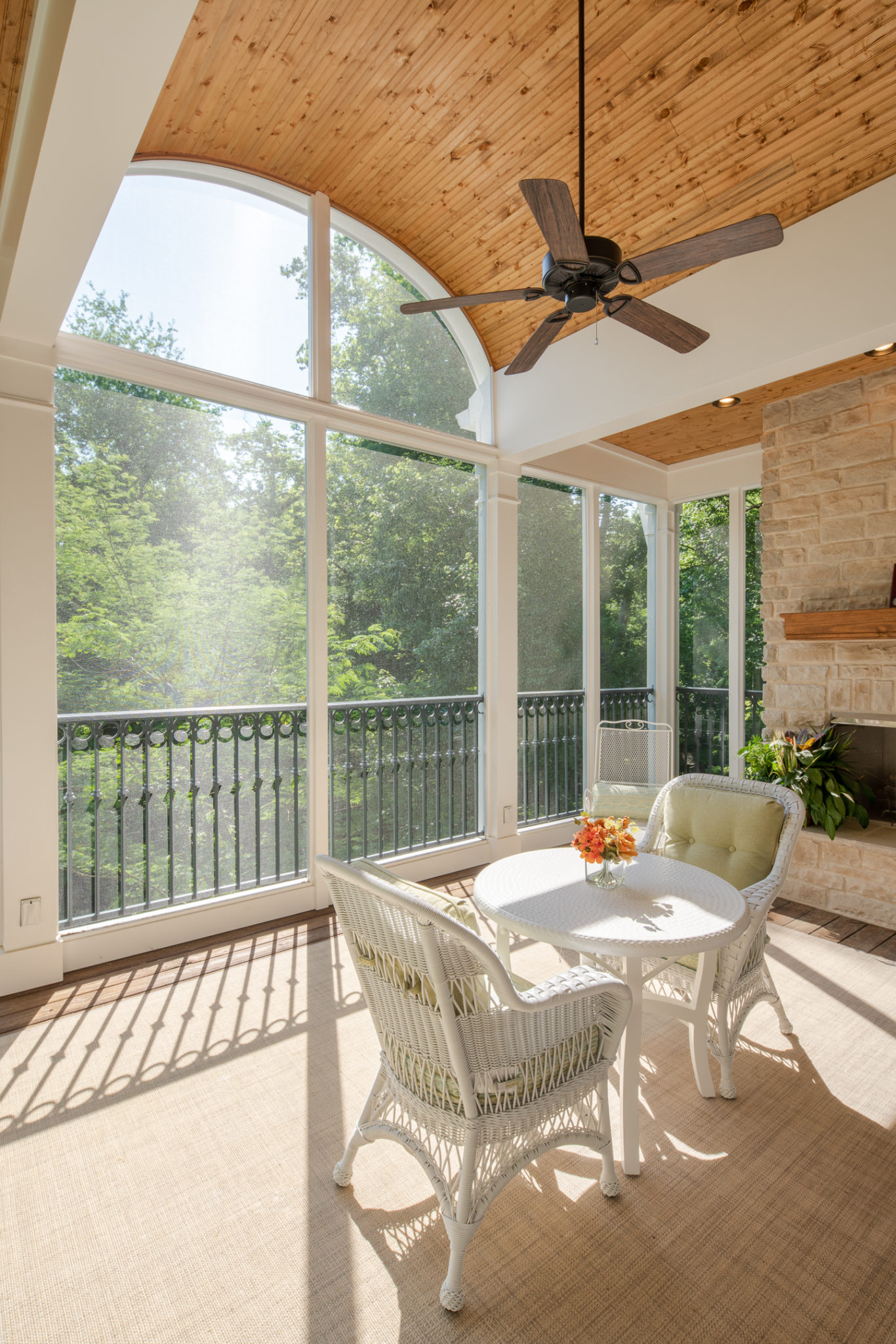Want a porch that’s both gorgeous and welcoming? A beadboard ceiling might be just the ticket! This guide walks you through everything you need to know—from picking the perfect materials to putting up the final piece of trim. Get ready to transform your porch into the envy of the neighborhood! [https://www.wavesold.com/backyard-playground-ideas]
Choosing the Right Beadboard
Your first step is choosing the right beadboard. It’s like picking the foundation of a house—it needs to be strong and suit your needs. Let’s explore the most popular options: wood, PVC, and fiber cement.
Wood Beadboard: Timeless Charm
Traditional wood beadboard offers a warm, natural beauty that’s hard to beat. It creates a classic look, but keep in mind, wood requires regular maintenance like painting, staining, and sealing to protect it from the elements. This could be a factor if you live in a rainy or humid climate.
PVC Beadboard: Low-Maintenance Marvel
PVC beadboard is a low-maintenance alternative to wood. It’s highly resistant to moisture and won’t rot or decay, making it a practical choice for busy homeowners. While it might not have the exact same visual charm as wood, modern PVC options can convincingly mimic the look of real wood.
Fiber Cement Beadboard: Durable and Long-Lasting
For ultimate durability and weather resistance, consider fiber cement beadboard, such as Allura USA. This material resists fire, rot, and insects. While the initial cost might be higher, its long lifespan can make it a worthwhile investment, especially in areas with harsh weather.
Installing Your Beadboard Ceiling
Installing a beadboard porch ceiling is a project many homeowners can tackle themselves. If you’re comfortable with basic carpentry, a flat ceiling is relatively straightforward. However, for complex angles or intricate details, consulting a professional might be a good idea. [https://www.wavesold.com/arranging-vintage-items-sideboard-in-living-room]
Step-by-Step Installation Guide
-
Measure and Plan: Carefully measure your porch ceiling. Sketching a diagram can be really helpful for visualizing the layout and material needs.
-
Prepare the Surface: A clean, sound surface is essential. Repair any damage like cracks or rot before you begin. This might involve cleaning, removing old paint, or even reinforcing some sections.
-
Attach the Beadboard: Securely fasten the beadboard panels to your ceiling using nails or screws. Always follow the manufacturer’s instructions for best results.
-
Finishing Touches: Now for the fun part! Paint, stain, or seal the beadboard to match your home’s style.
Design Inspiration: Creating a Porch Oasis
A beadboard ceiling can instantly elevate your porch’s aesthetics. A classic white creates a bright, airy feel. For a warmer look, consider a rich, earthy stain. Or, go bold with a vibrant paint color!
Comparing Beadboard Materials
| Material | Advantages | Disadvantages | Maintenance | Approximate Cost |
|---|---|---|---|---|
| Wood | Natural beauty, warmth, classic charm | Higher maintenance, susceptible to weather damage | Regular painting/sealing | Moderate to High |
| PVC | Low maintenance, moisture-resistant | Can appear less authentic, may fade over time | Minimal | Moderate |
| Fiber Cement | Durable, fire, rot & insect-resistant | Higher initial cost | Minimal | High |
Note: Costs can vary depending on location and specific product choices.
Beyond the Ceiling: Completing Your Porch
Your beadboard ceiling is just the beginning. Consider adding outdoor lighting, a ceiling fan, comfortable furniture, and some potted plants to create a truly inviting outdoor space.
Frequently Asked Questions (FAQ)
Can I use beadboard on a covered porch?
Yes, beadboard is a great option for covered porches, especially if you choose a moisture-resistant material like PVC or fiber cement. Wood can also be used but requires more diligent maintenance to protect it from humidity.
Is PVC beadboard as good as wood?
PVC beadboard offers advantages in durability and maintenance, particularly in humid or wet climates. While it may not have the exact same “feel” as wood, modern PVC beadboard often closely resembles wood visually. The “best” choice depends on your priorities and aesthetic preferences.
What is the lifespan of a beadboard porch ceiling?
The lifespan varies greatly depending on the material and environmental conditions. With proper care, a wood beadboard ceiling might last 10-15 years or more. PVC and fiber cement generally have longer lifespans, potentially several decades, with minimal maintenance.
How do I handle ventilation with a beadboard ceiling?
Ensure your porch has adequate ventilation to prevent moisture buildup, regardless of your chosen ceiling material. This is particularly important in humid climates. Proper ventilation helps prevent issues like mold and mildew and extends the life of your ceiling.
What if my porch ceiling isn’t perfectly flat?
If your ceiling is slightly uneven, you can often use furring strips to create a level surface for attaching the beadboard. For significantly uneven ceilings, consult a professional for advice on the best approach.
This comprehensive guide provides the information you need to choose, install, and enjoy a beautiful, long-lasting beadboard porch ceiling. Remember to carefully consider your climate, budget, and personal style to make the best choice for your home.
- Dora the Explorer Wipe-Off Fun: Safe & Mess-Free Activities for Little Explorers - April 18, 2025
- Does Lemongrass Repel Mosquitoes? Fact vs. Fiction + How to Use It - April 18, 2025
- Do Woodchucks Climb Trees?Fact vs. Fiction - April 18, 2025










